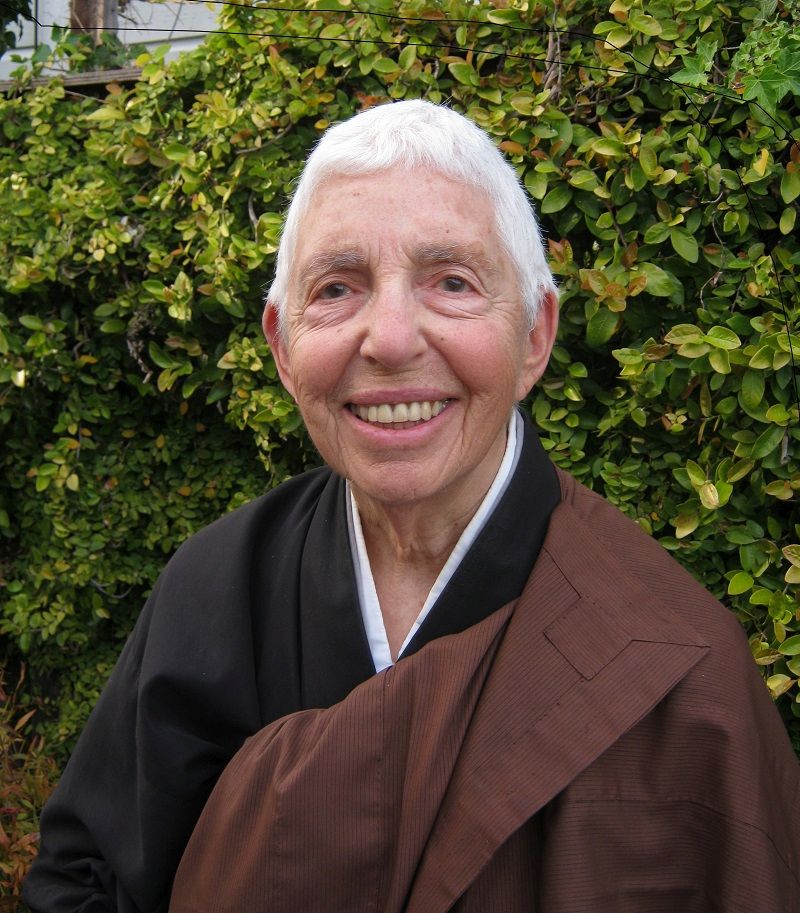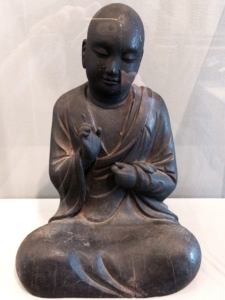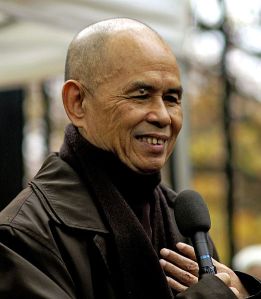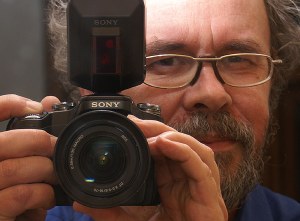
“Recently,” writes the Zen teacher Sobun Katherine Thanas in her book The Truth of This Life (Shambhala, 2018), “I have come to realize that our work is to love the world just as it is.” The work to which she is referring is the practice of Zen meditation. “Loving the world as it is,” she goes on to say, “is being willing to be in the only world we know.”
At first blush, these statements may seem jarring. The world we currently know, if we keep abreast of the news, is a world of environmental peril, intractable racial conflict, political polarization, an unending pandemic, and, as of late, a dangerous and destabilizing Eastern European war. These and other social and political forces have inflicted enormous suffering on untold numbers of people, often through no fault of their own. A grudging acceptance of these realities is one thing. To propose that we love such a world is quite another. To the skeptical mind, Thanas’s advice may seem, at best, naïve, and at worst, culpably detached.
In fact, it is neither. Far from being out of touch, Thanas is acutely aware of the painful realities that many people are presently enduring. Invoking the First Noble Truth of the Buddhist tradition (“Life is suffering”), she acknowledges that “the reality of our life is fragile . . . and subject to changing conditions. Many of us are experiencing financial, psychological, emotional, and social insecurity.” But, as she also observes, once we have discovered that “it’s not in our power to make our lives safe and secure for ourselves and our families, we begin to become aligned with life as it is. Humility and maturity may arise.” We can further develop those qualities by meeting both the social reality and that of our inner lives with a clear and open mind, rather than one of reflexive, ego-driven resistance.
According to Zen teachings, most of us view the world through the lens of our ideas, if not our prejudices and ideologies. Thich Nhat Hanh often noted that our ideas of happiness—that we must acquire new possessions, for example, to be happy—impede us from enjoying or even noticing the sources of happiness immediately at hand. The practice of Zen, Thanas rightly observes, “is about penetrating the membrane of mentality that’s between us and our life. It’s meeting something beyond what the mind knows: meeting with our body, our senses, our skin, our ears. We accomplish this when we trust ourselves enough to drop off what the mind knows.” If we genuinely wish to realize what Thanas calls the “truth of this life,” we have first to set aside our abstract concepts—the “membrane of mentality”—and return to the evidence of our senses. Rather than treat the world as a set of problems, to which we bring our settled knowledge and fixed opinions, we can go beyond our views and meet present realities directly with “our body, our senses, our skin, our ears.”
As noted above, the world that Thanas urges us to encounter directly includes not only the external, objective world of public events and historical facts but “the actual life we have—our habits of mind, our desires, our disappointments, our fears, our embarrassments.” By contemplating these mental and emotional phenomena from the vantage point of a still and stable mind, we begin to understand the “dynamics of our mental life,” particularly the notion that “there is some better state of mind than ours.” Meeting our actual lives, intimately and fully through the practice of meditation, we can, in the words of Joseph Goldstein, open what is closed, balance what is reactive, and reveal what is hidden in the body, heart, and mind. And having identified those closeted, imbalanced, and hidden elements of our experience, we can endeavor to befriend rather than resist, ignore, or deny them.
The first fruit of a mature and disciplined Zen practice is a state of stillness and one-pointed concentration. Eihei Dogen, founder of the Soto Zen tradition, called it “unconstructed stillness.” In this state of mind, the self “receives,” as Thanas puts it, “its own freedom, its own contraction and relaxation, absorption and release.” Known in Zen as samadhi, this state is “the gift we give to the world, the gift we receive ourselves.” When we are in samadhi, whatever thoughts, feelings, and states of mind may occur are allowed to arise, abide, and disappear, without judgment or commentary. By cultivating samadhi, day after day, whether we are sitting in meditation, working, or performing routine household tasks, we can learn to accept what is, including and especially those things we cannot change, in a spirit of joy and delight. And over time, Thanas would add, we can come to love them, just as they are.
________
Sobun Katherine Thanas, The Truth of This Life (Shambhala, 2018), 78-81.
Joseph Goldstein and Jack Kornfield, Seeking the Heart of Wisdom (Shambhala,1987), 15-22.
Photo: Sobun Katherine Thanas (1927-2012).



